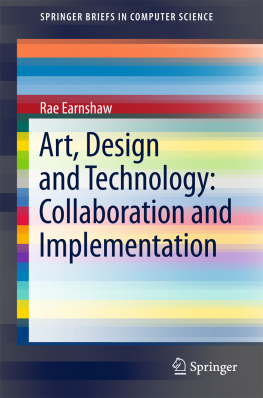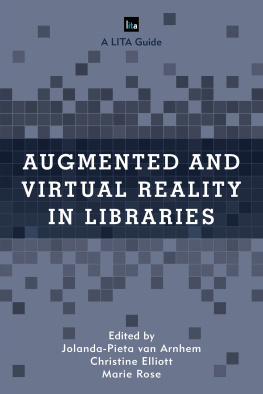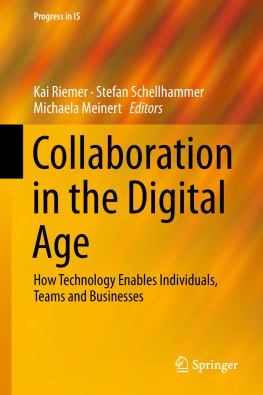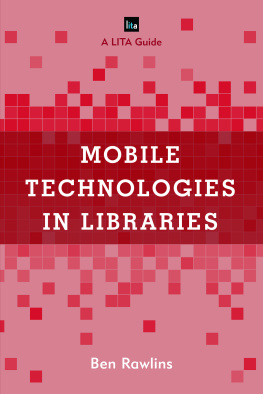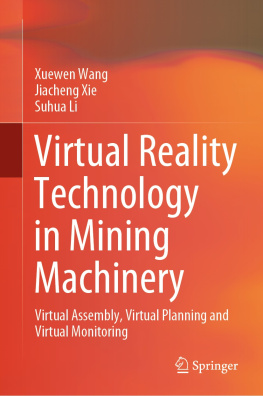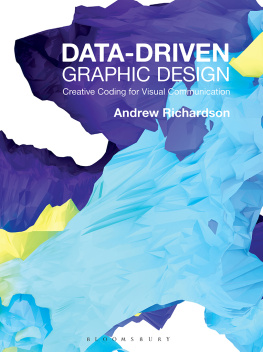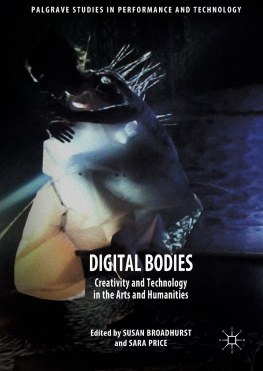1. History
Abstract
Artifacts and objects have a long history. They communicate value and meaning through being observed and studied, particularly in their original context insofar as this can be determined for very ancient artifacts. However, they clearly shaped the social and cultural environments within which they were first created, and those environments may also have played a key role in the artifacts and objects which were produced. The developments of the Renaissance brought a more systematic view of the world where created objects could serve a practical purpose as well as a cultural and aesthetic one. Developments in technology created a bridge between the real-world and artistic endeavor. Art and design have enjoyed a productive and symbiotic relationship with traditional art and design environments and also with technology. It has widened the scope of art and design and enabled it to develop new approaches and new perspectives. This has benefited an understanding of artistic and design processes and the various ways of implementing them. Collaboration between art, science, and technology is reviewed. Many forms of technology have been utilized in art and design, and these are summarized.
1.1 Early Developments
Art and design have a long history in antiquity. They have shaped the values, social structures, communications, and the culture of communities and civilizations. The direct involvement of artists and designers with their creative works has left a legacy enabling subsequent generations to understand more about their skills, their motivations, and their relationship to the wider world, and to see it from a variety of perspectives. This in turn causes the viewers of their works to reflect upon their meaning for today and the lasting value and implications of what has been created.
Some historical examples of art and design were able to use semiautomated methods for creation, particularly where large areas of a canvas or model needed to be filled in. However, it was only with the advent of modern technology that the advantages of harnessing digital techniques were able to be exploited. One of the earliest examples was the Architecture Machine [] designed and implemented at the Massachusetts Institute of Technology (MIT). The objective was to enable digital technology to assist the user with design tasks, particularly those at large and small scales, where it was known that designers had particular challenges and difficulties. In addition, the computer was able to store data and reproduce designs, thus facilitating the speedup of the iterative process toward a final design which met the objectives of the designer and the requirements of the client.
1.2 Utilization of Technology
More recent examples of artists and designers interacting with technology include the use of the iPad [] to produce sketches of scenes which were subsequently grouped into a montage to give a large wall display containing multiple images.
Art installations have also harnessed modern technology both to process information and to display it. Such environments have proved useful in engaging users and visitors with real-time images and interactive art.
Collaborative design has enabled the sharing of information across digital networks to produce designed objects in virtual spaces. Augmented and virtual reality techniques can be used to preview designs before they are finalized and implemented.
Ancient and modern art and design environments illustrate the design and implementation processes involved, and the opportunities for collaborating and interacting with other artists and designers.
1.3 The Value of the Arts
At times of economic downturn, or financial stringency, or when grant funding approvals require a demonstration of immediate impact or economic benefit to society, the value of the arts and culture to society comes under scrutiny. Its value to society has therefore to be periodically reassessed [], and their value and merit need to be restated and reasserted.
1.4 Collaboration Between Art, Science, and Technology
There are also increasing opportunities for artists to use their skills and expertise to illuminate the latest discoveries in science and technology []. There is increasing interest in extracting meaning from very large data sets, which in turn requires sound methods of analysis and presentation of the results. Science and technology is also able to contribute increasingly to the arts, either as a component of the artistic output, or as a part of the methodology used to produce the output. In addition, the traditional boundaries between the arts and technology are becoming blurred due to the way computing technology is being embedded into the everyday environment in a seamless way and the use of social media which enables a greater degree of involvement and sharing by the community. Social media can open up new dimensions of interaction and participation in both the arts and the sciences.
1.5 The Arts and Technology
Many forms of technology are potentially useful and enabling for the arts. These are summarized in this section. More detail on the functionality of the technology is provided in Chap..
1.5.1 Information Technology
Information technology can be used to support the preparation of documentation for artworks and also for the optimum way of displaying them in an exhibition (whether real, or on the Internet). In addition, multimedia facilities can be utilized for the preparation of online digital brochures [].
1.5.2 Computer-Aided Design
Standard software packages are available to perform 2D and 3D design on a desktop or laptop (e.g., []).
1.5.3 Mobile Phone
Increasing screen size, functionality, and power in the mobile phone are enabling more applications to be run on a mobile phone.
1.5.4 iPad
New technology can provide tools and facilities to augment the traditional art and design processes, as has been illustrated by Hockneys use of the iPad []. The technology is utilized in the creation and also in the display, where the content of each screen is combined into an overall montage for a wall display.
1.5.5 Wall Displays
A wall display can use multiple monitors or video projection. They can be used for high-end applications where large amounts of detail need to be examined. However, the reducing costs of monitors have enabled these to be used for more general applications [].
1.5.6 Virtual Reality Interfaces
Virtual reality interfaces provided a more immersive experience for artists and designers and are used for 3D design, simulations, and walk-throughs. More detail is provided in Chap..
1.5.7 Virtual Exhibitions
In the past, artists have relied upon physical exhibitions to display their works. These can also now be done online and made available to a global audience. In addition, traditional art galleries often use the Internet to also display their works online.

